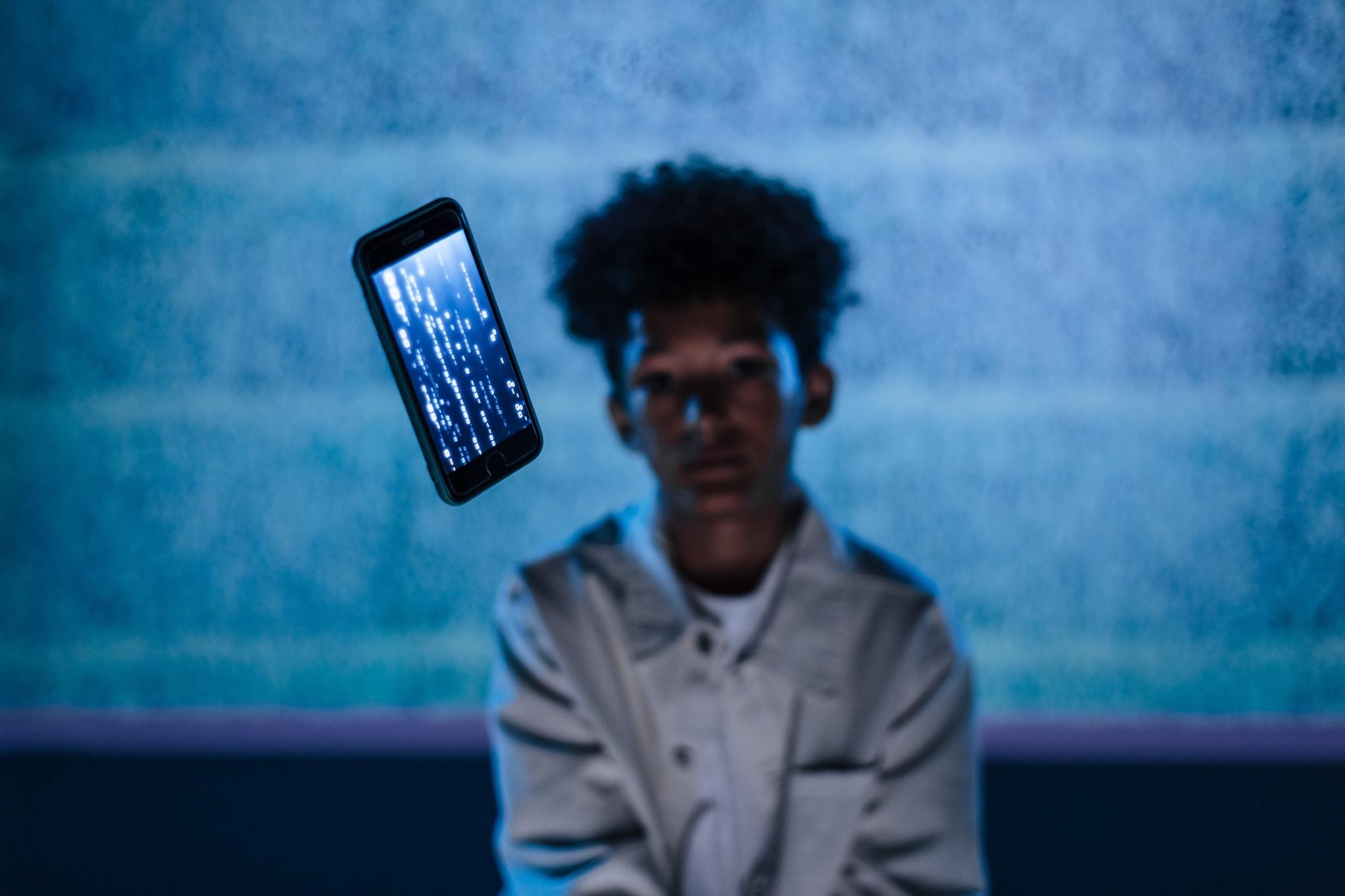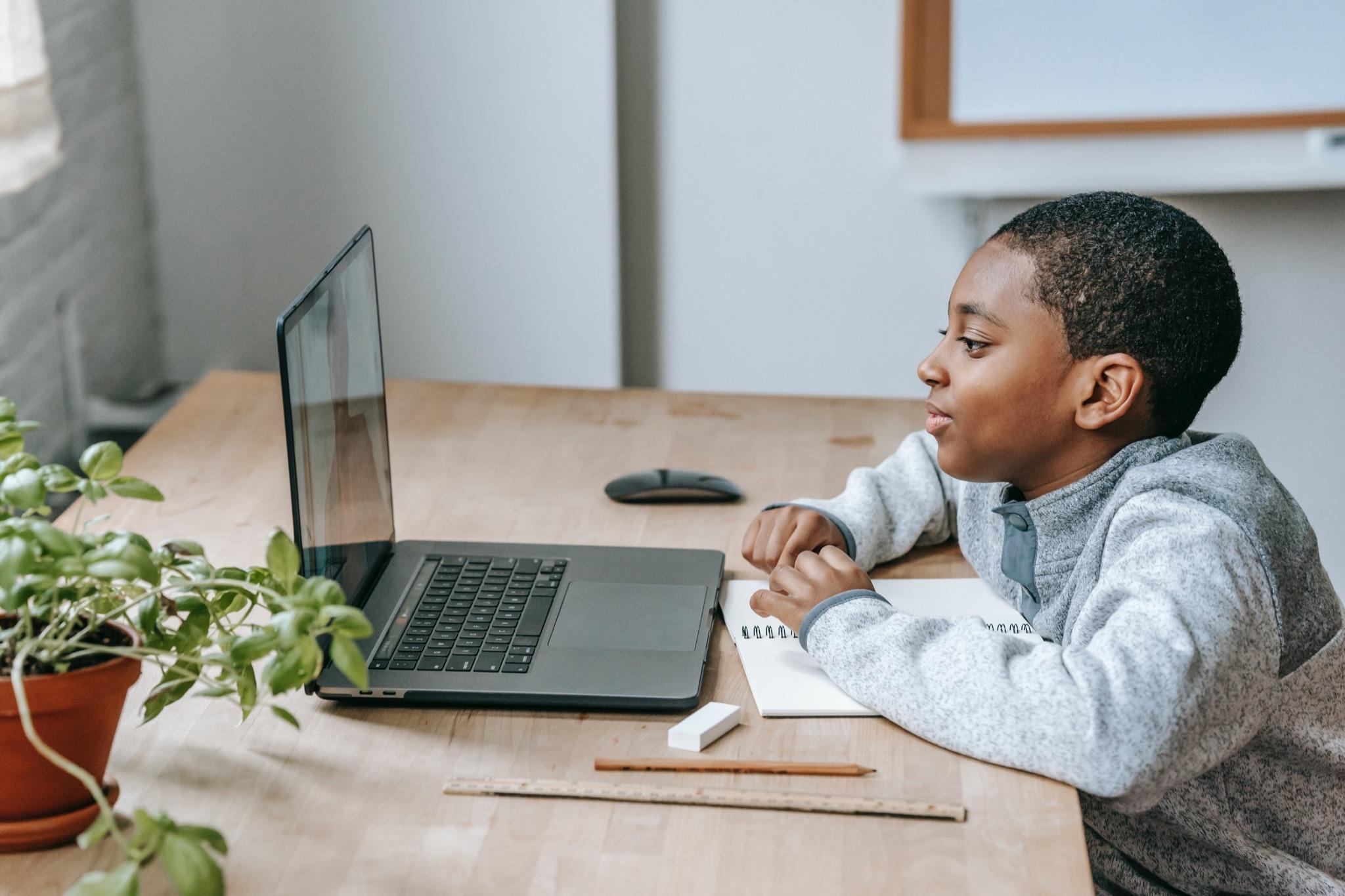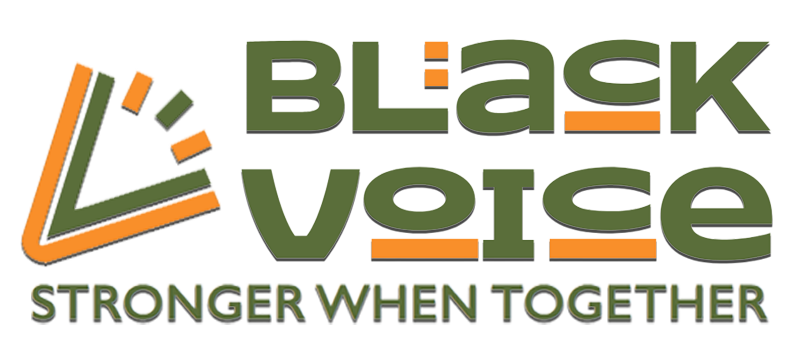Published on December 23, 2022.
By: Edden Yohanes

(Ron Lach https://www.pexels.com/photo/mobile-phone-hanging-in-front-of-a-boy-9783839/)
The internet is an important learning and communicative tool in the lives of Canadian youth. In November 2020, when COVID-19 hit, Prime Minister Justin Trudeau took to Twitter to announce that “fast and reliable internet” is a basic service that everyone should be able to access. Not to mention, all of the free and useful utilities for educational and professional development have become useful to many.
It should be mentioned that there are drawbacks to every benefit that the internet provides. Social media sites are a good source of information and entertainment while also being toxic and dangerous due to misinformation or hate from bullies, and stalkers. Many believe issues in real life become amplified online. This is especially true for children.
Screen time of teenagers has been growing rapidly every year. For example, it has increased by 17 per cent from 2019 to 2021. This increase in digital usage has been recorded to occur most in households of people of colour, as well as low income families. These families are the ones who were affected by COVID-19 layoffs and quarantines, leaving their children to retreat to their phones, online.

(Katerina Holmes https://www.pexels.com/photo/black-boy-watching-video-on-laptop-5905700/)
There are apps and websites specifically designed for kids to play and learn on, but studies have concluded that children mostly use social media apps and websites. In 2021, a UK study revealed that 89 per cent of kids were using YouTube and YouTube kids, while TikTok, its younger successor was capturing the attention of about half of those children. Other apps like Instagram, Snapchat, and Facebook are heavily used but do not have the same youth viewer base. Most social media sites require a user to be above the age of 13, however, kids under the age of 10 tend to use the most popular apps.
The internet can be a hostile place to grow up on, and in many cases more dangerous than real life for a child’s mental development. Children have unlimited access to content and information, and many of the most popular child friendly spaces are not as safe. Black children face an increased exposure to prejudices like classim, sexism, homophobia, and xenophobia on the online communities designated for them.
The internet, much like the real world, is hostile and fails to endorse Black spaces, cultures, or people. The brunt of the work has been left to Black creatives, web designers, and innovators to insert themselves into the most popular platforms. This movement is ongoing, but in the meantime there are a couple things the youth should look out for. The first is unsafe spaces where toxic, negative comments, posts and trends are shared and encouraged. The second is bad influences and communities where harmful language and behaviour are portrayed and rewarded.
Harmful content—and the creators that perpetuate this behaviour—thrive on platforms like TikTok and YouTube. These platforms discourage hate in their guidelines while also helping to boost this content because viewers are more likely to interact with something negative rather than something enjoyable or educational due to the algorithm.
TikTok, which first launched in 2016, peaked in 2018, when it became the most downloaded app in the app store. As people participated in trends involving lip singing and dancing, less innocent trends became popular. White creators gained fame by dancing to Black singers and rappers and in many cases white creators stole original dance choreography of Black teens on the app. The tradition of Black artists being erased from the art and music scene that they created is nothing new, however, what has made this especially appalling is how young the thieves and the victims are. Black children are forced to believe that they are not worthy of being the faces of the trends they initiate.
As comedy skits and meme culture took off on TikTok, impressions of typical Black behaviours and accents ran rampant through white creator spaces. The appropriation of Black dance moves and music turned into the appropriation of their culture through their appearance and behaviours. In some cases, non-Black creators are unintentionally mimicking Blackness, which is still harmful because it makes both Black and non-Black children who are viewing this content to believe it is normal and acceptable. In other cases, young creators are intentionally being racist and spreading hate speech against Black people, for all of the young Black impressionable users to witness.
Unfortunately, the colour bias can also be blamed on the platform. TikTok’s algorithm claims to operate by showing the user personalized recommendations based on what they enjoy watching and liking on the app. The “For You Page” of each user should be perfected to the individual after a few uses. Therefore, the most viewed TikTok creators are white because that is what the majority of users want to see. This, problematic in itself, cannot explain why non-white creators face an invisible barrier where their TikTok videos—that break no rules or guidelines—are taken down far too frequently.
Many Black people and other people of colour believe that the app intentionally removes content that they consider “ugly” or “unmarketable” and considering how the algorithm behaves seems to support this theory. It has only been eight years since the app launched, and Black creators are now giving up on building an audience, discomforted by how the app does so little to help with their concerns.
Other platforms like Instagram, Facebook, and Reddit similarly fail to monitor anti-Black content and continue to downplay the necessity of a reformed algorithm that takes care of its most vulnerable users. With the age of the children using these apps decreasing, traditional forms of entertainment such as television or play dates are becoming obsolete.
Family vlogs and family channels on YouTube are considered popular child friendly entertainment. These channels tend to involve a parent or a couple filming what they do everyday with their kids. The kids will often feature heavily on these channels, and some will even participate in skits or reactions, orchestrated by the parents. This innocent concept has been disturbed by the reality of family channels, from the over exposure of young children unable to consent, the overworking of these children, and of course, the topics of the vlogs posted as clickbait. In this case, the Black children involved in the filming of these videos, and the children that are fans of these channels are equally vulnerable.
Black family channels like The Prince Family have given family vlogging and Black YouTube a bad representation. The couple in charge of this channel, Damien and Biannca Prince are guilty of exposing their young audience of nine million subscribers to violent and sexually explicity content that is visable even in the their thumbnails. They have placed their children in compromising situations, forcing them to pretend to be sick or injured to get a fake reaction from the parent. There is plenty more drama surrounding the couple, inclding Damien dating Bianca when she was under aged, racist and colourist language—especially against each other and their newborn daughters skin and eyes—and scamming their fans through an incomplete online university. The Prince’s continue to make videos with little accountability of their previous problematic content and behaviour
Unfortunately, there is a common trend of Black Youtubers intentionally creating content that would draw in naive audiences, while also promoting harmful sexist, homophobic, and misogenistic jokes or opinions, and sexually explicit imagery or concepts. Black family channels, couple channels, street interview channels, and reaction channels all share explicit but highly viewed content in common. In some cases these channels play on stereotypes of Blackness or use old-school conservative talking points—such as the existence of the LGBTQIA2S+, skin tone preferences, or the idea of women being “gold diggers”—that are also very popular in the Black community.
In a video, Toni Bryanne discusses the issues surrounding the Black Youtube community and concludes that Black YouTube has been overrun with creators who have gravitated towards making easier content, if not toxic and harmful to the community and its viewers. She believes that Black creators have “so much more to offer, into society, and onto YouTube.” Bryanne wants to see creators “thinking outside of the box” and create content that they would enjoy making and that would contribute to the community, instead of looking for that “quick buck.”
It is disappointing for audiences of all ages to see negative representations of Blackness in media, but it is especially frustrating for adults to watch the next generation idolize and replicate bad or mediocre influences. On the other hand, the expectation of excellence from Black creators is another issue that plagues the Black community. Black professionals and influencers have been pressured to become likeable, relatable, specialists in their fields and beacons of hope for the future generations.
It is unfair to expect excellence from every Black influencer, especially because the expectation has become a trend in non-Black spaces as well. Black children witness the stress exceptional Black figures experience from the pressure in and outside the community. Dysfunctional, flawed or unexceptional Black figures are therefore even more judged and looked down on, sometimes even more so from other Black people.
For those who have achieved a visible spot on the Black excellency pedestal, hostility and resentment is right around the corner when they are unable to meet the high standards they were previously achieving. This backlash has been demonstrated in the underperformance of athletes like Simone Biles and Naomi Osaka.
When considering the Black experience online, children will always be most vulnerable. It is not enough to create age limits that are easily ignored. Content creators and the platforms have a shared responsibility to uphold child friendly content towards both white children and children of colour.
Edden Yohanes is the Copy Editor at Black Voice. She is a recent publishing graduate from the Centennial College Book and Magazine Program, where she learned the fundamentals of editing, fact checking and proofreading. Although she mainly works as an editor, she is passionate about all aspects of publishing—from the Word doc to the printer! She has a special interest in Ethics and Human Rights, and she has a vested commitment to reforming Anti-Black racism in Ontario as a proud Black Woman. You can find what Edden is working on at any time at www.eddenyohanesportfolio.ca

